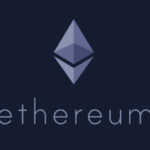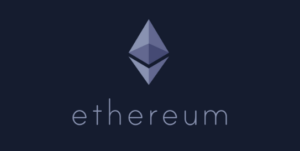Ethereum Sees Historic Decrease in Gas Fees, Signaling Bullish Trend for ETH, Analyst Suggests

Ethereum’s gas fees experienced a significant decline to a level not seen in five years, a development some attribute to users and applications transitioning to more popular blockchains. Analyst Ryan Lee noted a historical pattern linking low gas fees to subsequent increases in the price of ETH.
Lee expressed, “Every time ETH gas fees drop significantly, it often signals a price bottom in the mid-term. ETH prices typically rebound strongly following this cycle, especially when coinciding with an interest rate cut cycle, presenting numerous market opportunities.”
Gas fees represent the cost users must pay to execute transactions on the network. Fees dropped to as low as 0.6 gwei, with low-priority transactions costing a mere 1 gwei or less, a rare occurrence in recent years. This decrease of over 95% from the March levels of 83.1 gwei, during a period of heightened network activity, indicates a lack of demand for Ethereum block space. The preference for applications on alternative blockchains likely contributed to the fee reduction.
Lee suggested that the drop in Ethereum gas fees to a five-year low can be linked to the shift of meme season and Dapp interactions to faster and more cost-effective blockchains like Solana and Layer 2. Additionally, the anticipated Dencun upgrade enhanced network efficiency, leading to reduced gas fees.
Dencun refers to significant updates in March that altered transaction processing and validation on the Ethereum network. Since July, Solana-based application Pump has occasionally generated more fees than the entire Ethereum network within a single 24-hour period, most recently on August 13.
The decline in the amount of ether (ETH) being burned due to lower fees has resulted in an increase in the token’s supply. Data indicates that nearly 16,000 ETH, equivalent to approximately $42 million at current prices, was added to the total supply of ether over the past week, forecasting a 0.7% supply growth for the year.
These shifts in gas fees and network dynamics underscore the evolving landscape of blockchain technologies and their impact on cryptocurrency markets.




